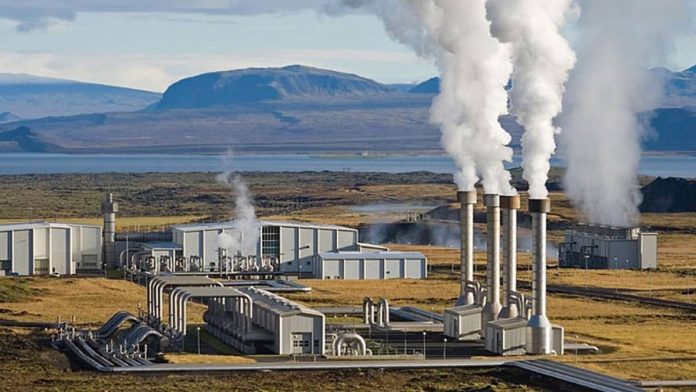Kenya has raced past Italy to emerge seventh largest geothermal power producer in the world, new global data shows.
Kenya’s geothermal capacity stands at 823 megawatts (MW), having grown by 165MW since last year and moving the East African country above Italy’s 800MW. This is according to Renewable Capacity Statistics 2020 prepared by Abu Dhabi-based International Renewable Energy Agency (IRENA).
Italy is the birthplace of geothermal technology.
In 2010, Italy’s steam power capacity stood at 728MW compared to the current 800MW, meaning the European nation has only managed a 9.8 percent growth over the past decade. On the other hand, Kenya’s stock of geothermal has expanded four times over a similar period from 198 MW in 2010.
Kenya’s deepening of geothermal development has put it on track to joining the elite Gigawatt Club of countries with geothermal production of 1,000 MW (1 GW) and above. Only four nations, including the US, belong to this club. Geothermal is an attractive low-cost renewable energy source with low emissions and serves as stable, reliable base-load electricity.
Last year, Kenya added the third largest geothermal capacity in the world, enabling it to move to top seven global geothermal powerhouses.
“Geothermal power capacity grew by 682 MW in 2019 (globally), slightly more than in 2018. Again, Turkey led with an expansion of 232 MW, followed by Indonesia (+185 MW) and Kenya (+160 MW),” IRENA said in its update.
Until last year, Kenya was ranked ninth in geothermal production, but steamed ahead to leapfrog Iceland to position eight and has now pulled a similar coup on Italy.
Geothermal now accounts for 30 percent of Kenya’s total installed power capacity of 2,700MW with the other share occupied by hydropower, wind, solar and thermal power.

The US is the world’s top geothermal producer with an installed capacity of 2,555 MW — three times Kenya’s output — though the country’s stock has been declining recently. It’s followed by Indonesia (2,131 MW) in the second place, Philippines (1,928 MW) while Turkey’s 1,515 MW comes in fourth.
New Zealand is fifth with 965MW, while Mexico is sixth with 936MW of steam power. Kenya, having dislodged Italy and Iceland comes in seventh.
Geothermal energy was first discovered and developed in Italy over 100 years ago at the beginning of the last century (20th century). It held the top spot until the second half of the 20th century when other countries took interest in the power source.
Kenya constructed its first geothermal plant in 1981, the Olkaria 1. The East African nation has since built a fleet of other geothermal plants in the Rift Valley steam fields.
Besides Kenya, Ethiopia is the only other African nation that has developed geothermal energy (7 MW).
Presently, 85 percent of Kenya’s geothermal capacity is owned and operated by government-owned power producer KenGen. KenGen’s installed geothermal capacity currently stands at 707MW, with the firm having more projects in the pipeline.
The company recently added Olkaria V geothermal plant with a capacity of 165.4MW to the national grid, and is behind Kenya’s improved fortunes in the IRENA rankings.
American firm Ormat is currently the only independent power producer (IPP) with geothermal plants in Kenya and holds the remaining 15 percent of Kenya’s geothermal power capacity. More exploration works are being undertaken by other IPPs such as Akiira Geothermal and African Geothermal International Ltd (AGIL), while Mauritius-based Quantum and Kenyan firm Sosian Energy are in the development stage.
The country has an untapped potential of 10,000 MW of steam energy in its Rift Valley basin where a series of exploration works are ongoing.
Globally, the total developed geothermal capacity stands at 13,931MW, with Kenya’s 823MW representing a global share of six percent.
Read also: Kenya’s Power Demand Now Drops




